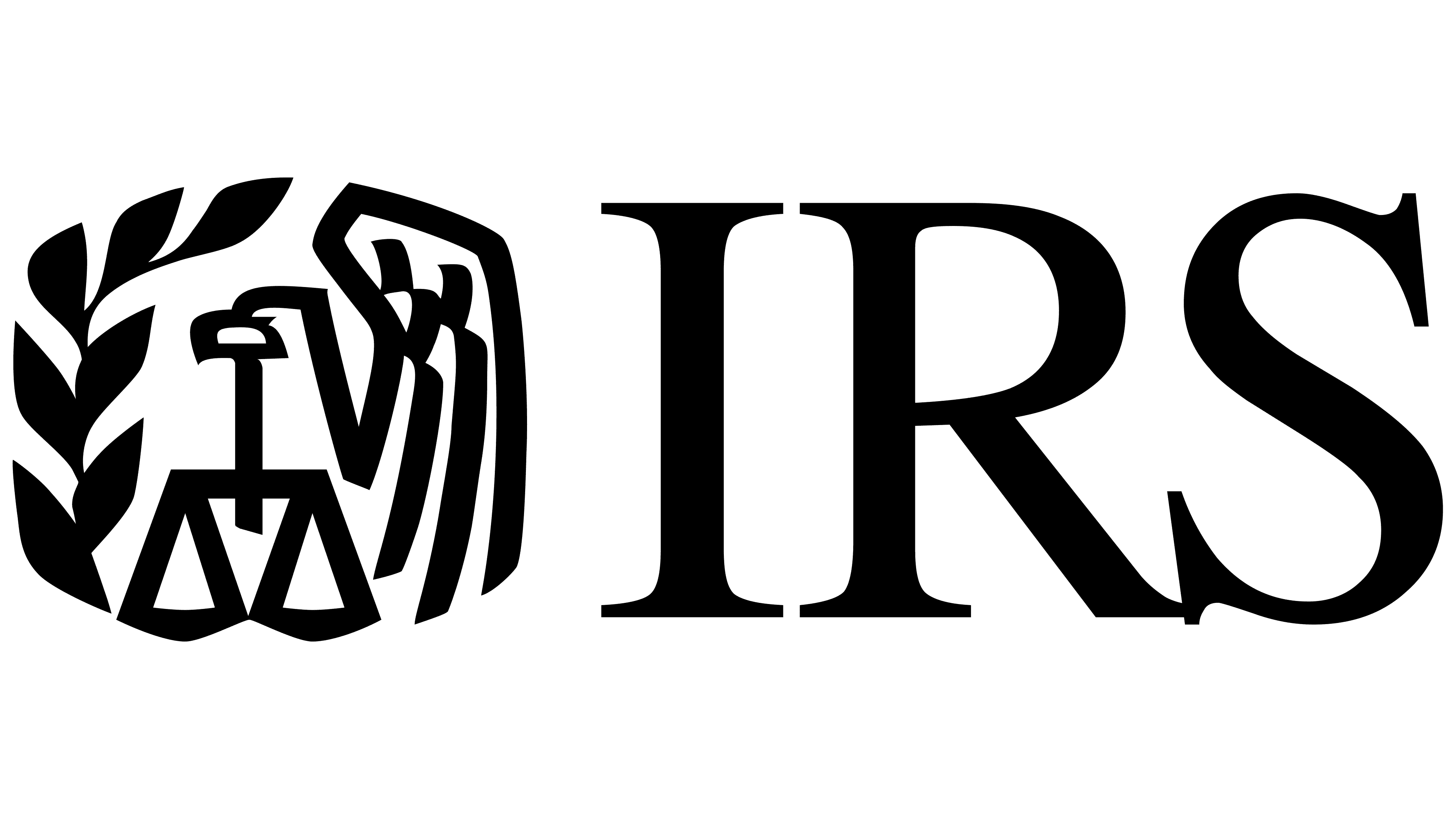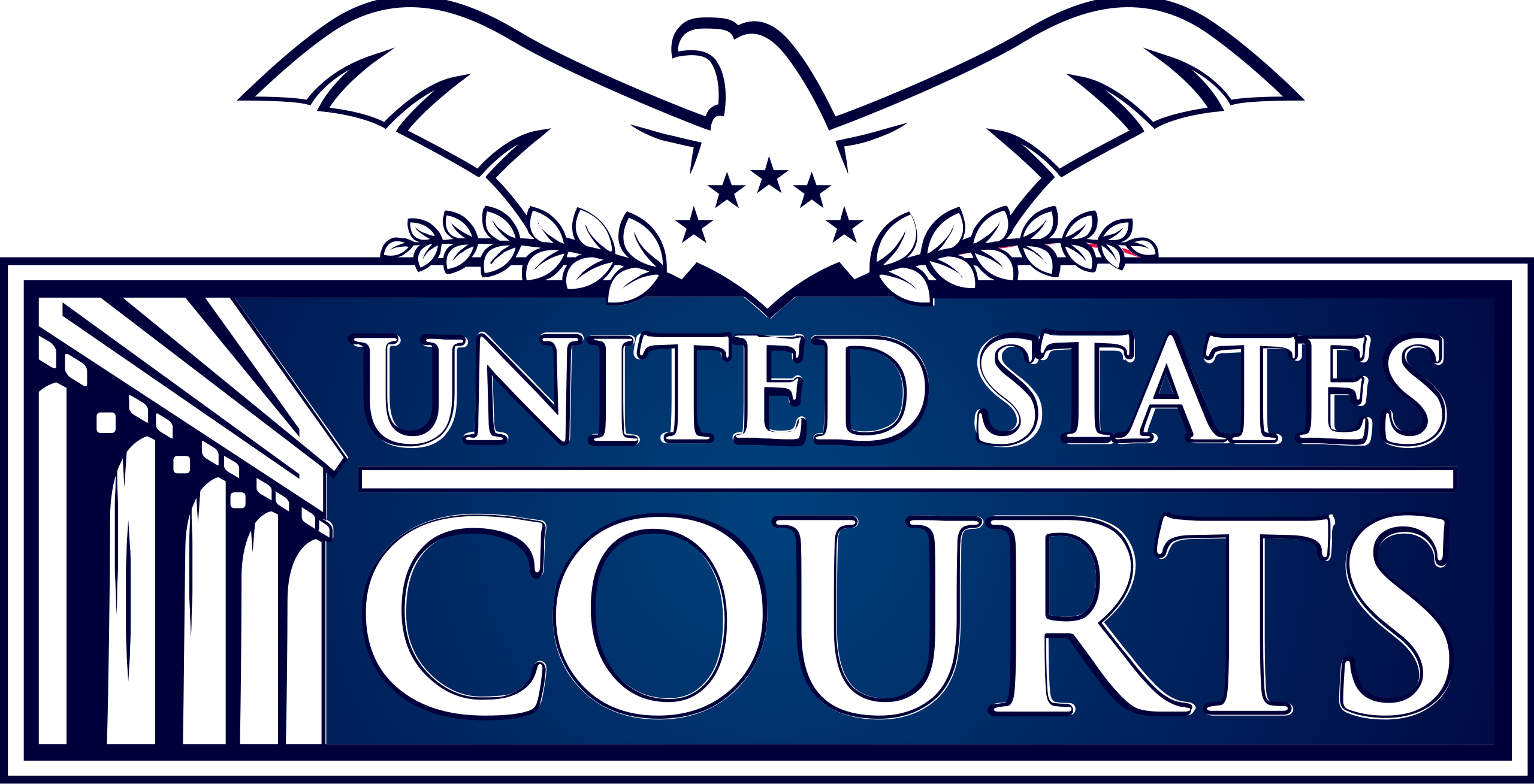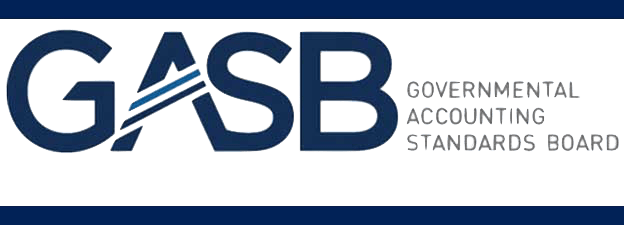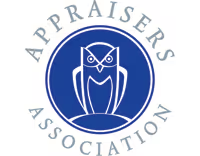






Equestrian properties are unique and require specialized appraising. Whether it’s a horse farm or riding facility, it takes a professional trained in the latest industry standards to ensure the appraisal is accurate. In this article, we’ll explore the important factors an appraiser considers when assessing equestrian property, including the documentation needed, the economic forces at work, and the industry standard for the type of property.
An equestrian property appraisal is primarily used to assess the value of a property that is used for or related to horses, such as a horse farm or riding facility. The purpose of such an appraisal is to accurately determine the worth of a horse farm or riding facility. This is typically accomplished by analyzing the various components of the property, such as the size and condition of the structures, the condition of the land, and any surrounding amenities, like stables, paddocks, riding arenas, and other equestrian-focused amenities. Once these elements have been assessed, a thorough appraisal report can then be created that outlines all of the key factors that go into determining the fair-market value of the property. This information is then used by owners, mortgage lenders, and buyers to make informed decisions about the property.
When appraising an equestrian property, the appraiser must take into account all of the unique features that make up the property. First, they will look at the location of the land and buildings, making sure to identify any zoning restrictions or other external factors that could affect the value. Additionally, they will examine the layout and condition of the stables, arenas, paddocks, and other buildings to assess their quality. The appraiser will also consider the current use, condition, and typical amenities of the property in order to determine its full value. Finally, they will factor in any unique features, such as riding trails, horse shows, and other services that could boost the value of the property. By assessing these elements, the appraiser can assess the value of the equestrian property and provide an accurate report on the property's worth.
The main difference between appraising residential property and equestrian property is the knowledge and experience necessary to accurately appraise the latter. Residential appraisers focus more on the market value, condition, and features of a home. Equestrian appraisers, on the other hand, must understand the nuances of the horse industry and be knowledgeable of factors that affect value such as the quality of the soil, the facilities, and the location. Additionally, they should be experts in the various types of horses, their value, and the factors affecting the overall value of the equestrian property. Due to the complexities involved, it is important that an equestrian appraiser be a certified equestrian property appraiser, with years of experience in this sector. An experienced equestrian appraiser will know how to accurately assess and value all components of the property - from the land, to the barns, fences, stables, and riding equipment. Overall, appraising residential property and equestrian property are vastly different and require different approaches. Equestrian properties are unique and require appraisers to deeply understand the industry to accurately assess the value of these properties.
Yes, when appraising equestrian properties, there are several special considerations that must be taken into account. When assessing horse farms and riding facilities, appraisers must take into account the uniqueness of these properties, which can range from fencing and barns to pastures and riding arenas. Depending on the location and purpose of the property, the appraiser should be sure to consider any necessary environmental or zoning requirements. Additionally, the condition and type of fencing, water and pasture availability, and other amenities should be scrutinized to ensure they are correctly valued. In addition to the land and infrastructure, any animals present on the property must also be appraised. Horses, as a form of personal property, should be included in the appraisal. Lastly, it is important to remember that for special properties like equestrian properties, market values can be over or understated due to the rarity of the property type. For this reason, research and careful analysis are essential.
When it comes to appraising equestrian properties, a variety of documentation is required to ensure an accurate estimation of the property's value. This includes both written documentation as well as physical evidence. When it comes to written documentation, lenders will typically require loan applications, income and expense statements, and a property description. For a more thorough appraisal, a property survey and title report may also be necessary. In addition to the written documentation, evidence of the property’s condition is also essential. This involves physically walking the property, inspecting the fences, drainage, and arena surfaces, and evaluating the horse barns and outbuildings. Photographs, notes, and measurements taken during the walk-through should also be recorded for evidence. In addition, depending on the specific requirements of the appraisal, there may be additional documentation necessary. This includes appraisals of livestock, hay, or equipment, or a market analysis of the local area. Ultimately, the appraiser should provide documentation for every aspect they evaluated when assessing the property’s value.
When appraising a horse farm or riding facility, appraisers have to consider many different aspects. First, they must consider the size and number of buildings on the property. The size of the stables and the number of stalls, as well as any other outbuildings, must be noted. Additionally, appraisers should take note of the fencing, the acreage, and any other features, such as riding trails, arenas, and paddocks. Appraisers also need to consider the condition and age of the buildings and any amenities they may offer. It's important to assess the quality of the buildings and to note any repairs that need to be made in order for them to meet industry standards. Lastly, the appraiser must assess the value of the land itself and include any additional uses for the property, such as the potential for future development. The condition of the land, any zoning restrictions, and the potential for future marketability are all factors that must be taken into account by the appraiser.
When appraising an equestrian property, there are many factors to consider. Firstly, the land itself should be taken into account. It is important to determine the size and acreage of the property, as well as the quality of the soil and its suitability for sustaining horses. Secondly, the types of amenities offered should be considered. For instance, if the property includes a barn, is it large enough to support the current number of horses on the property? Are there paddocks or other structures such as riding arenas? Thirdly, the condition of the structures should be considered. Are there any recent improvements or renovations that should be taken into account? Additionally, the surrounding area should be taken into account. Are there other equestrian facilities nearby? How close is the property to resources such as feed stores, veterinary clinics, and farriers? Lastly, the potential for the property to generate income should be considered. Could the current structures be used for boarding or riding lessons? Are there other options such as farming or tourism? These factors should all be taken into account when determining the value of an equestrian property.
The economic trends and local market conditions in an area can have a significant effect on the value of an equestrian property. For instance, a decline in the local economy could lead to fewer people with the means to purchase an equestrian property. This could lead to a drop in prices, making it harder for sellers to justify their asking prices. On the other hand, a well-performing economy could lead to more people with the means to purchase equestrian properties, resulting in higher values. The local market conditions in the area can also influence the value of an equestrian property. Local zoning regulations can restrict development, making equestrian properties highly desired and increasing their value. Additionally, amenities in the area can draw an increased number of buyers to the area, leading to increased competition and higher values. Conversely, a lack of amenities or amenities that are in a state of disrepair could have the opposite effect. Ultimately, the economic trends and market conditions in an area can have a direct impact on the value of an equestrian property. As such, it’s important for those looking to purchase such properties to be aware of such trends and conditions.
Yes, there are several industry standards for appraising equestrian properties. Most appraisers follow the customary methods of appraisal practices, which generally include reviewing comparable properties, researching current market trends, and analyzing the location of the property. Additionally, they look at a variety of factors including the number of stalls, acreage, condition of paddocks, fencing, and other amenities. Some properties also require specialized appraisers familiar with the nuances and characteristics of equestrian properties. For commercial properties, many appraisers use the cost approach or income approach to appraising the equestrian property. The cost approach looks at the cost of replicating the property while the income approach looks at the amount of income the property can generate. In all cases, the appraiser needs to consider the quality and condition of the property, any improvements made, and the current market conditions. The appraisal process is a complex task that requires knowledge and experience of equestrian properties and the real estate industry. An experienced equestrian property appraiser will be able to give an accurate assessment of the property's value and ensure that the client isn't overpaying or underpaying for the property.
Equestrian properties come with many unique challenges when appraising, as they require specialized knowledge in order to assess accurately. One common issue encountered by appraisers when assessing equestrian properties is understanding all of the various components of the property and their value. A horse farm or riding facility can include a variety of items that add value to the property, such as arena surfaces, horse stalls, and even outbuildings for farm equipment. An appraiser needs to be familiar with these components and their associated costs in order to properly assess the property and its overall value. In addition, appraisers must also be aware of any zoning regulations or other restrictions on the use of the property that could affect its ultimate value. For example, local zoning regulations may require a certain amount of green space to be maintained or prohibit the use of certain kinds of equipment. These types of regulations can have a significant impact on the value of an equestrian property. Finally, appraisers must be aware of the market and be able to compare the property to similar ones in the area when assessing value. Understanding what a property is worth in its current condition, as well as what it might be worth in the future, is critical when appraising equestrian properties.
Assessing and appraising equestrian properties requires a great deal of expertise and knowledge to make sure the appraisal is accurate. At AppraiseItNow, our team of professionals are all certified and trained to provide appraisals on all types of properties. If you need an appraisal on an equestrian property, we can make sure the process is smooth and the results are detailed and accurate.




